Report from Google Code-In Final, California

Hi, Habrahabr.
Let's start with the preface. My name is Ilya Kovalevsky, I am a student of 8-B class of Kiev Lyceum. Recently, I took part in the Google Code-In 2012 open-source software development contest. I got the victory and became a KDE finalist. The grand prize was a trip to the United States, and to be more precise, to San Francisco, and later to Mantin View (in more detail in my previous post ). Flights, relocations, accommodation paid by Google.
')
I decided that I would write this post as my adventures in the States. Unfortunately, I will be here only 5 days, but it's not scary :)
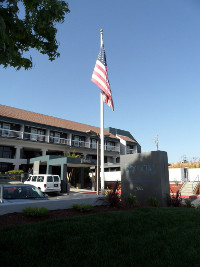
Day 1. We arrived!
San Francisco International Airport. Passed passport control, got into a taxi (which cost us terribly expensive - $ 150) and went to Sunnyvale. Why exactly there? The program suggested moving: SFO -> Sunnyvale -> Mountain View -> SFO. We (my mom and I) settled in the Domain Hotel, received a wonderful one-room suite (2 double beds with 10 pillows each). It is necessary to overcome the time barrier, so I had to walk a lot until evening in order to go to bed normally and wake up normally. In Sunnyvale, the streets are pleasant, there are no industrial smells (which bothers me) and sunny. The weather is warm and windy. People are kind and friendly. It turned out I know English well, all Americans understand me, they said a couple of times that I have a good pronunciation. Watch Doctor Who now ...
Day 2. General meeting & Free day
Morning. The whole day you need to walk (until 06:30 PM), well, what can you do, walk. At least, I wonder what will happen at the party ... The moment of truth. The doors of the Apex Hall open, Google Staff is already here, great!
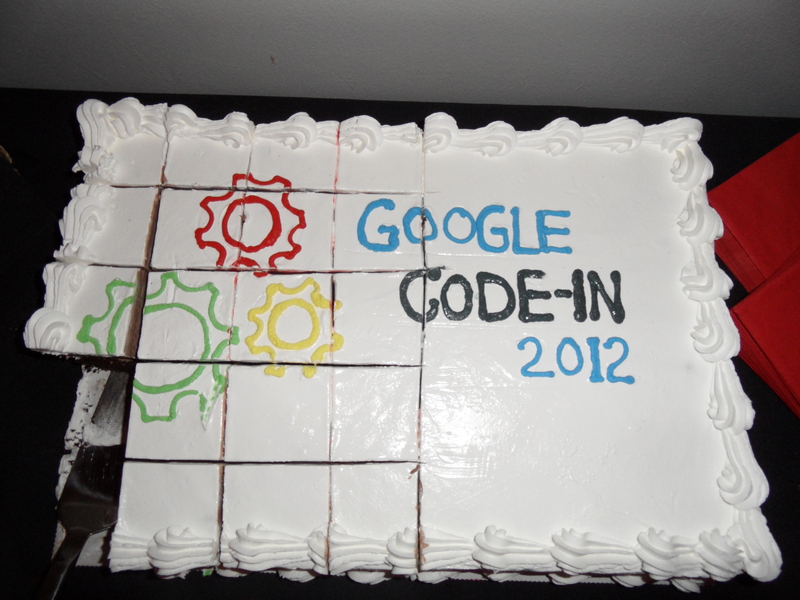
I did not have time to sfotkat cake - chopped ...
During the party, various events were held (ala "Let's get to know each other") and announcements. Photographing did not work much, the lighting was not very good, and there was not much time. After all this, we were stuffed with swags (small trinkets), a couple of T-shirts, toys:
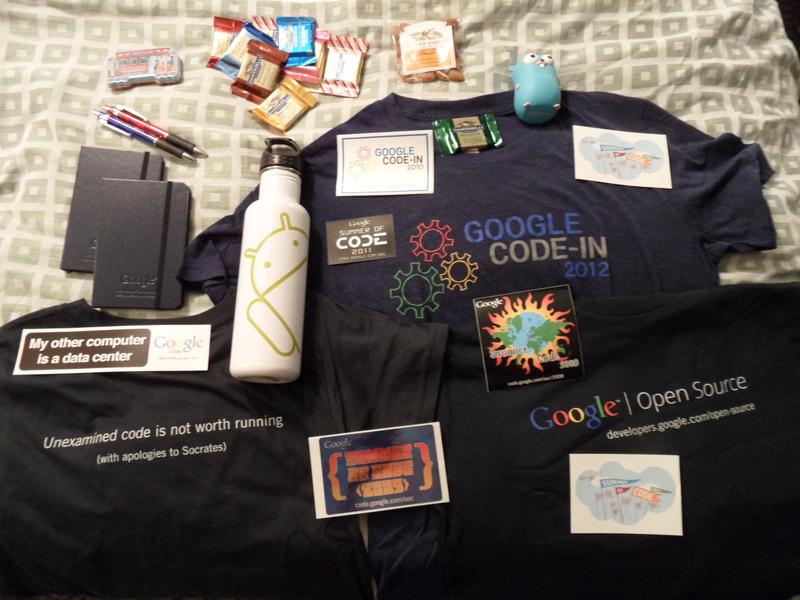
Classic: stuffing stuff from the swag bag on the bed
I have always thought that food is the main component of corporations such as Google, Facebook, Twitter, Microsoft. So, I was not mistaken. They fed us strongly, strongly and a lot - I can’t imagine how people in Googleplex keep their weight and do not turn into great uncles and aunts. In any case, I have not eaten food from there, tomorrow there will be such an opportunity!
Day 2. Googleplex
The first thing I saw when I arrived at the Googleplex was a lot of bikes. Google has its bikes - they are called Googlebike (at least they were presented to us like that). They met us near the entrance to the lobby:

Then we were held in a conference room, where the winners should be awarded. There is a food line right in front of the entrance - snacks, soda, cookies. Inside there is a room with a couple of people. One of them is Stephanie Taylor, head of Google Code-In and a member of the Google Opensource team.
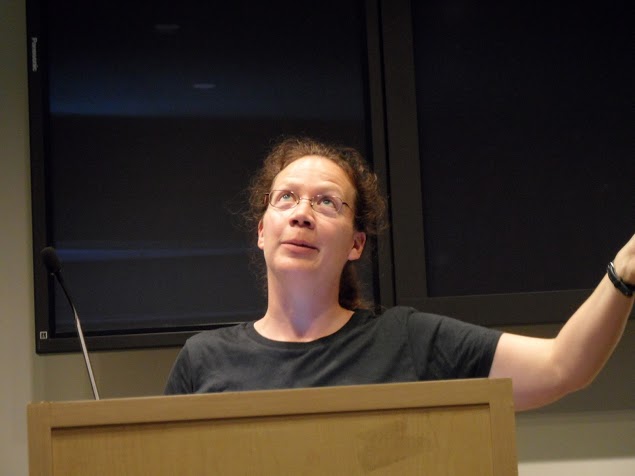
Talk 1. Chris DiBona about Google Opensource

Chris, as the head of Google Opensource was obliged to say that in our time, open source is a very cool thing, and that all this is very important, that we are great fellows, and that we did not get here for a joke. Then the award followed (I am on the left):


Especially it did not say anything more, told how it traveled to Alaska and all that :) In short, a joker.
Talk 2. Jeremy Allison on Engeneering at Google

It turns out that Jeremy came to us, to tell how the genius engineers work in Google. And to make it more interesting, he decided to build with us a design of a data transfer protocol based on TCP. This should be a protocol for working with files on a remote server, with support for "multi-user".
Our ideas are depicted on the blackboard, and from the hall where 20 people were sitting, only I and one Chinese spoke. He developed stat-open-close, etc, and I have seven-format storage with an external API (everything should work on two processes) and a rescue system, in the event of a drop in one of the connections or a malvar in the request.
Talk 3. Justin Mattson on Android

Justin came to talk about how Android works at the hardware level, about its history, about how open-source it is, and that it’s really very good that there are those who contribute to it. He also talked a lot about applications. Retell some guides android developers.
By encouraging people not to load the main thread and wishing us to grow up and go to work at Google, or rather at the Android Team, Justin left.
Talk 4. Dmitry Dolgov on Google self-driving cars
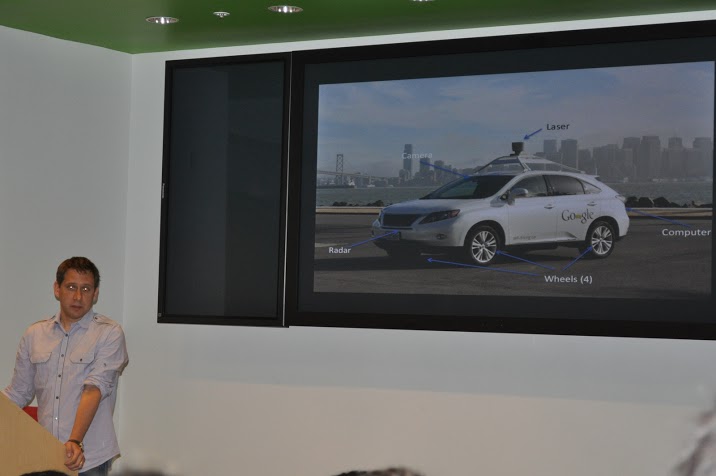
Dmitry, from Russia, and maybe even have a habr. He told us how Google’s navigation with the autopilot works, he told the story of such cars and brought it out - to take a look at the sample:
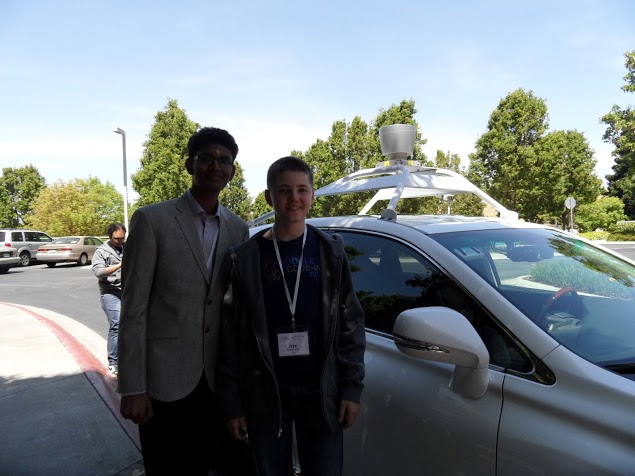
Then Dmitry got into the car, and drove away, far away ... It was cool.
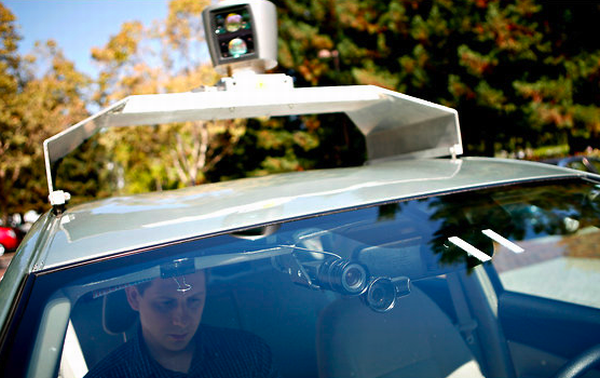
Talk 5. Nathaniel Manista on how he got into Google

This talk was the most emotional, about how Nathaniel got into Google, that Google offices owe him their ease and openness, I would even say a transparent workspace. He walked his way from the old school, through an electron particle accelerator and a software company is not easy. He spoke about this in his presentation, which he built on Google search results, in pictures.
In addition, Nathaniel is very good in Python, he contributes to it for a long time and criticizes him very well. He told about how once he had to build on him a complex cleaning system that considered physical processes to be informative.
Talk 6. Mark Diaz on Google Glass
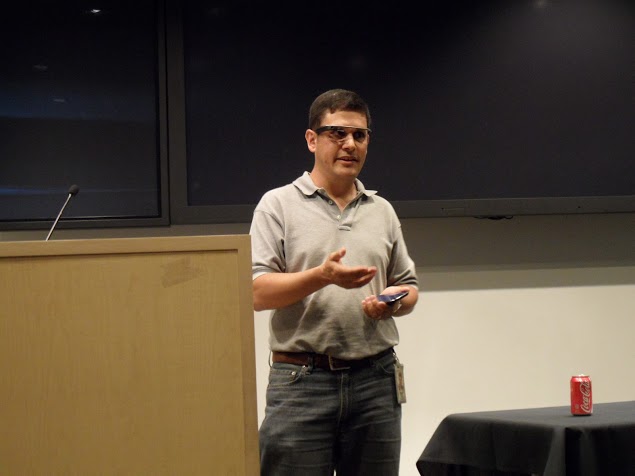
Shawn talked about how his glasses are sitting on him and showed us their work, while someone from the audience frantically shouted "ok glass shutdown", which, of course, did not work. To be more precise, Sean found the height of Mount Everest (in his words, “a picture of the mountain jumped from above”) and a pleasant female voice informed the height!

Talk 7. Shawn Pearce about Git and Gerrit
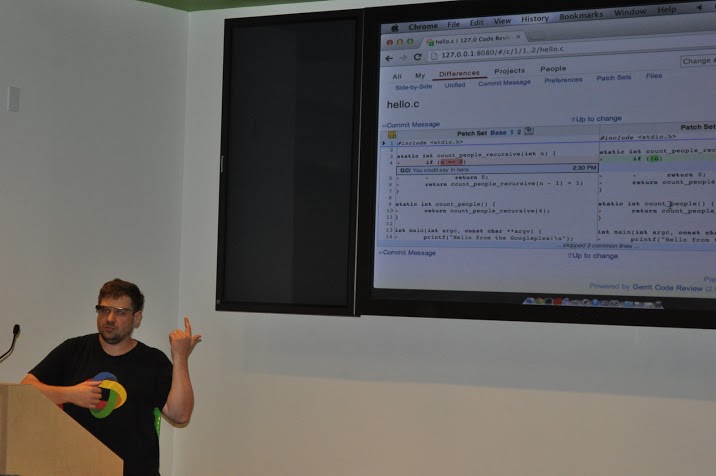
The bottom line is that Gerrit is very convenient, and that it is responsible for using it on Google. Inside they use Git, Perforce, Mercurial, SVN. In the form of a demonstration, taught to review the code on a Gerrit server. Somehow, basically we asked questions about Git, and how to comprehend Zen in its use.
Sean's favorite place is Mantin View, near the entrance to the dining room of the Big Table, on the lounge chairs in the grass, where he works. Favorite sport: swimming.
Talk 8. Grant Grundler on Google Chromebook
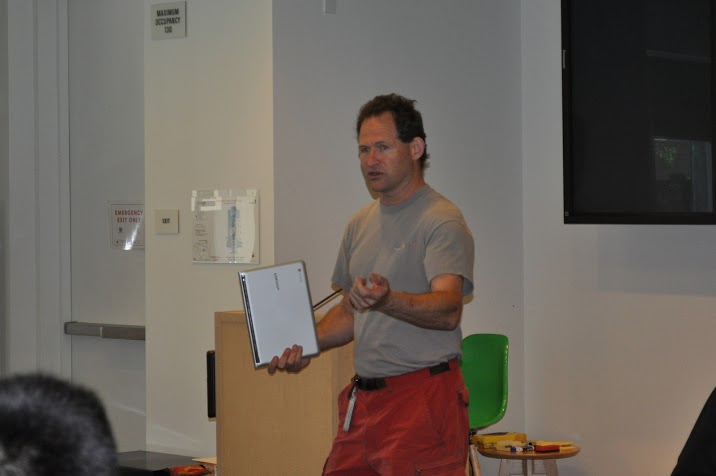
Grant is developing a Chromebook interface for iron. We learned from him how, using the example of a light sensor, you can debug low-level applications (such methods 4) and that edgebands will completely occupy their niche in the market, especially Pixel.
We were presented with a Google Chromebook model Samsung Series 3 (one for the winner). I use it as a surfer, typewriter (I write this article on it) and development stations (yes, sometimes I do quick bugfixes through cloud9 and through Herku projects).
By the way, not the worst netbook. I spent the whole day with him on the battery and deployed the project a couple of times through Cloud9 -> Heroku in McDonalds, while playing in parallel with Little Alchemy.
Talk 9. Sudhakar Chandra on the importance of i18n

Sudkakar talks about how there are ways to internationalize and simplify input for people from different countries, and that the best one is voice input. He gives a lot of tips on internationalization in Google and in general. Interesting and informative
Sudkahara's favorite place: a cafe in the center of the campus. According to him, there is quite hearty and quiet. Sports: volleyball.
Talk 10. Carol Smith on Google Summer of Code

Carol, like Stephanie, the organizer of this trip, she, along with the rest, took an active part in it. At the end, she decided to talk about what GSoC is and why program students should take part in it.
Google Summer of Code (GSoC) is Google’s initiative program, which annually selects open source projects in which students can participate. Winners are paid cash grants. Projects should offer future participants programming assignments for the project. Each project receives $ 5,500, of which $ 5,000 goes to a participating student who completes the task, and $ 500 to the project itself.
Google uses member data for recruiting, so this is a great option to get there to work!
Google tour
Again, there was not much time, I managed to make only a few photos from the tour, among them:
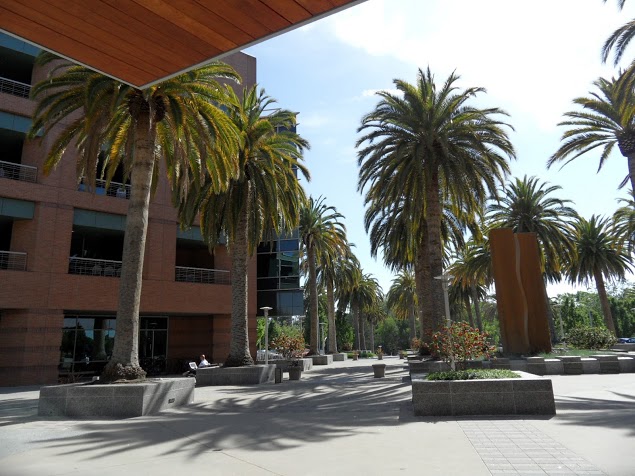
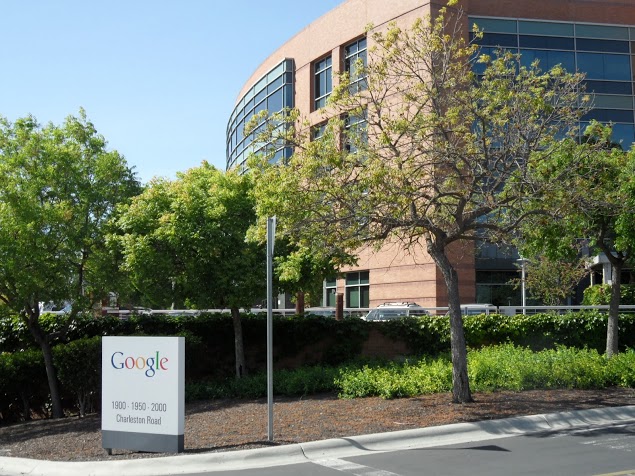

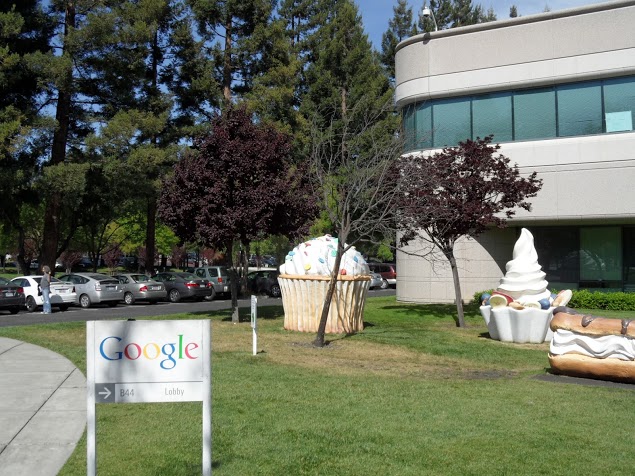
Day 3. Google Summer ... Day of Fun
Google decided that it was better to give the children and their parents a rest after all this programmer junk and decided that they should visit the former prison on Alcatraz Island or take a ride around San Francisco on segways (these are two cars on wheels with a platform for legs and trunk ).
I chose segways, and it turns out not in vain. As we roughly spent the day in photos:


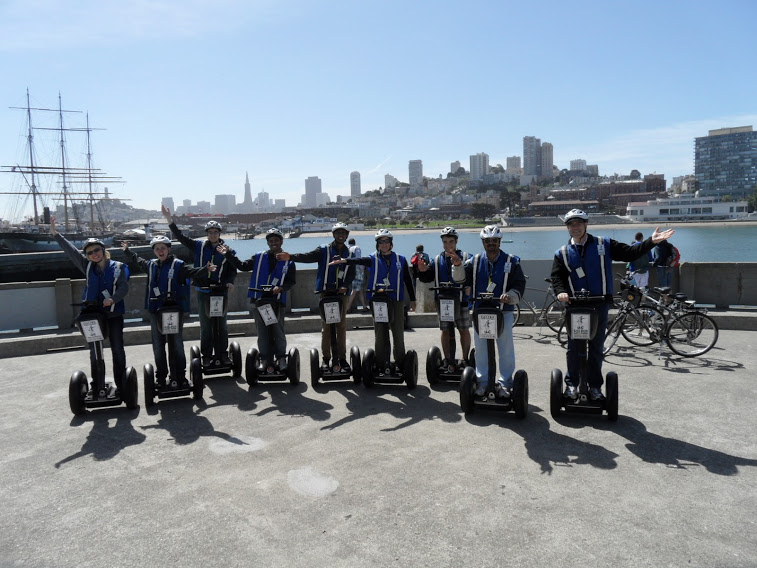
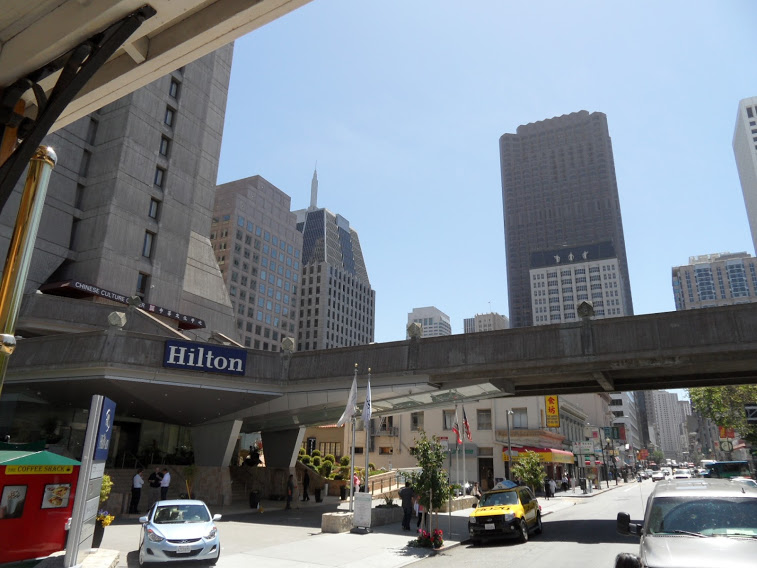
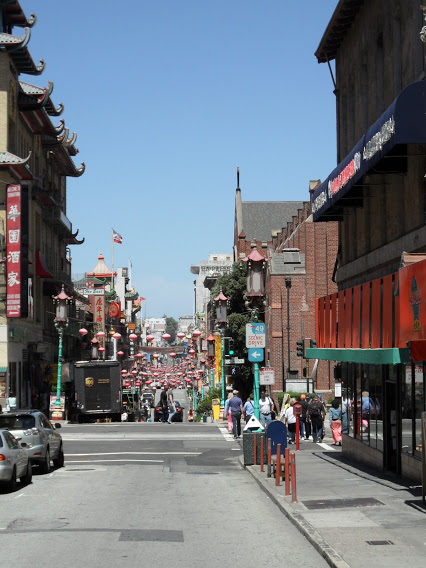
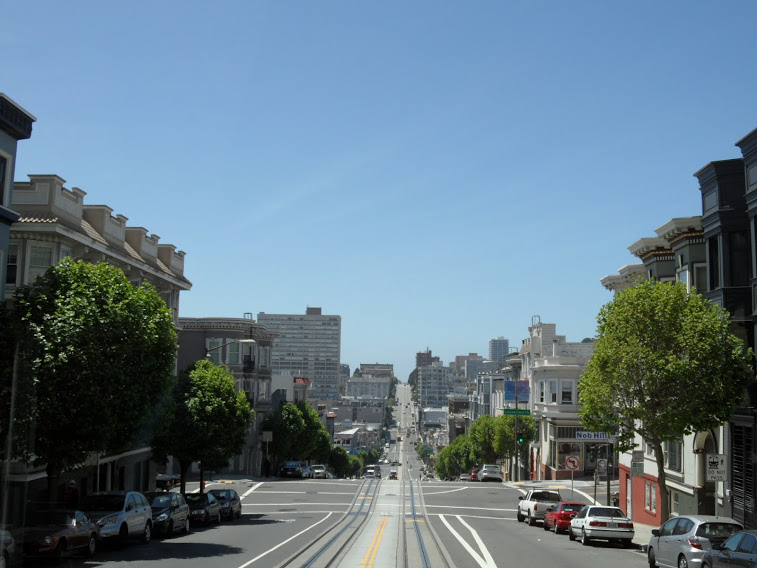
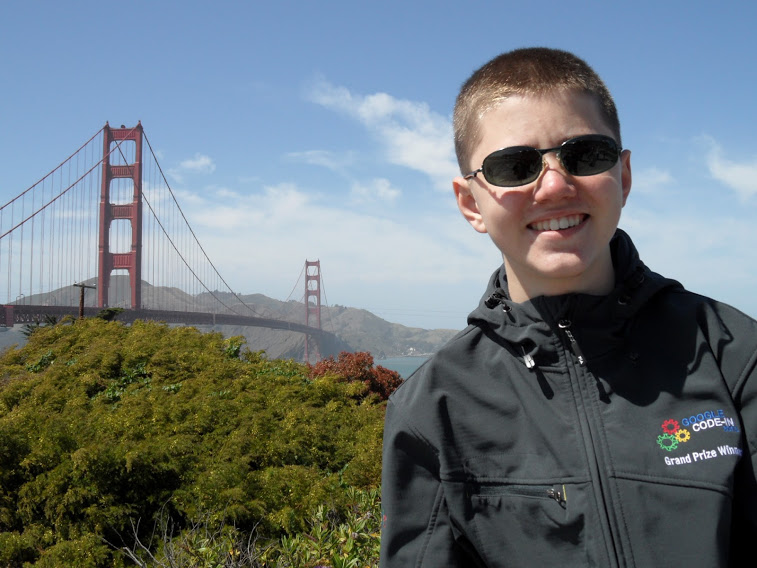

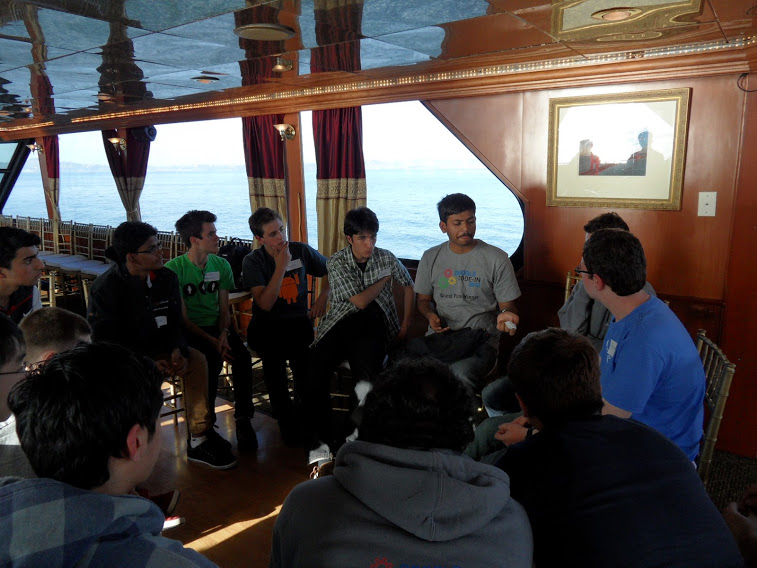

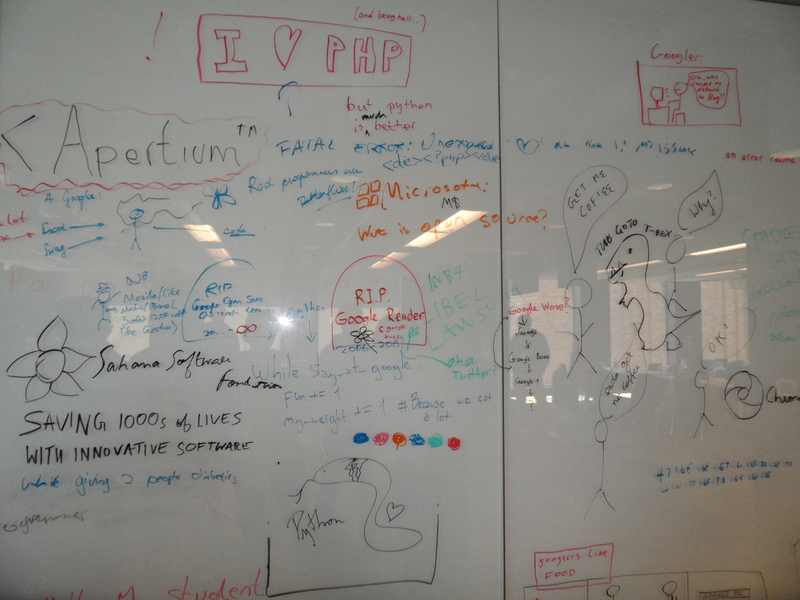
Conclusion
The trip was wonderful, we ate a lot and got a bunch of gifts from Google. Before Nexus, I never had a serious phone, however I managed to build Android applications. Now this process has become much easier. The organizers were great: Stephanie, Carol and Cat did their job perfectly well!
In America, I bought a MacBook and there were several questions about it (can anyone help):
- Is there some sort of normal batch manager, homebrew, seriously?
- Can I somehow adjust the actions of the computer when the lid is closed?
- How do you do all those .dmg that mount the disk and put it purely in the Applications?
Thank you for your attention, and use Qt!
Source: https://habr.com/ru/post/178245/
All Articles